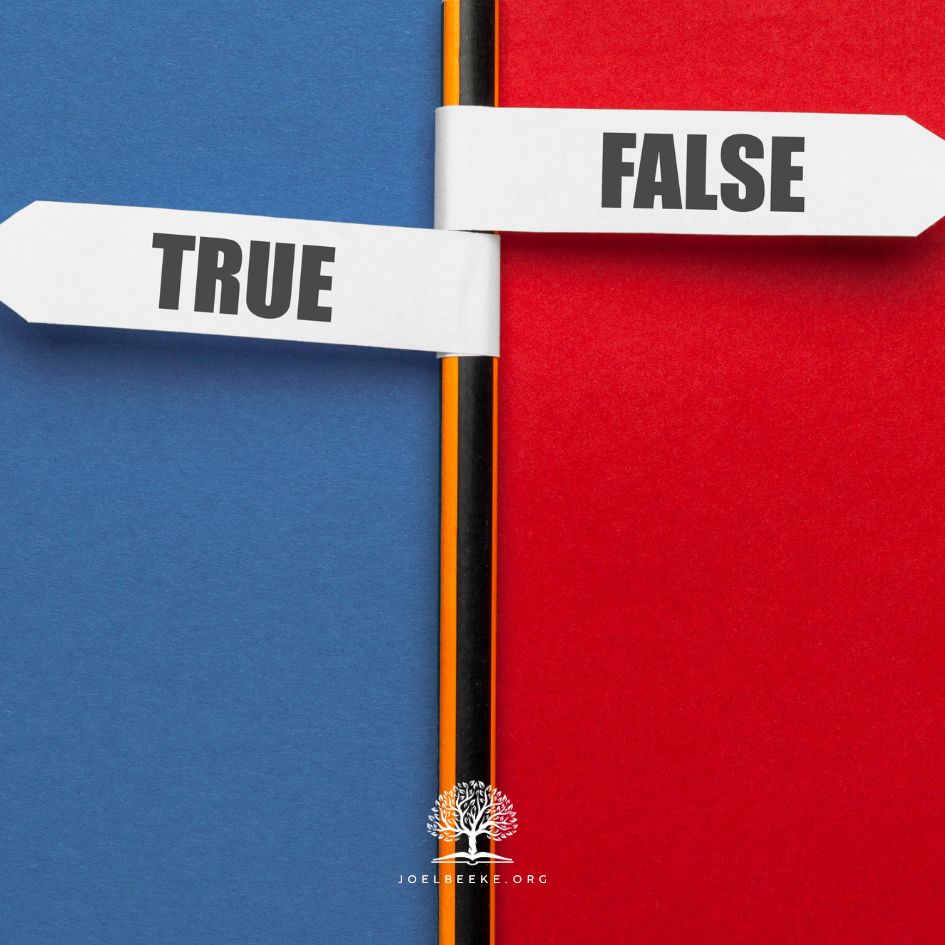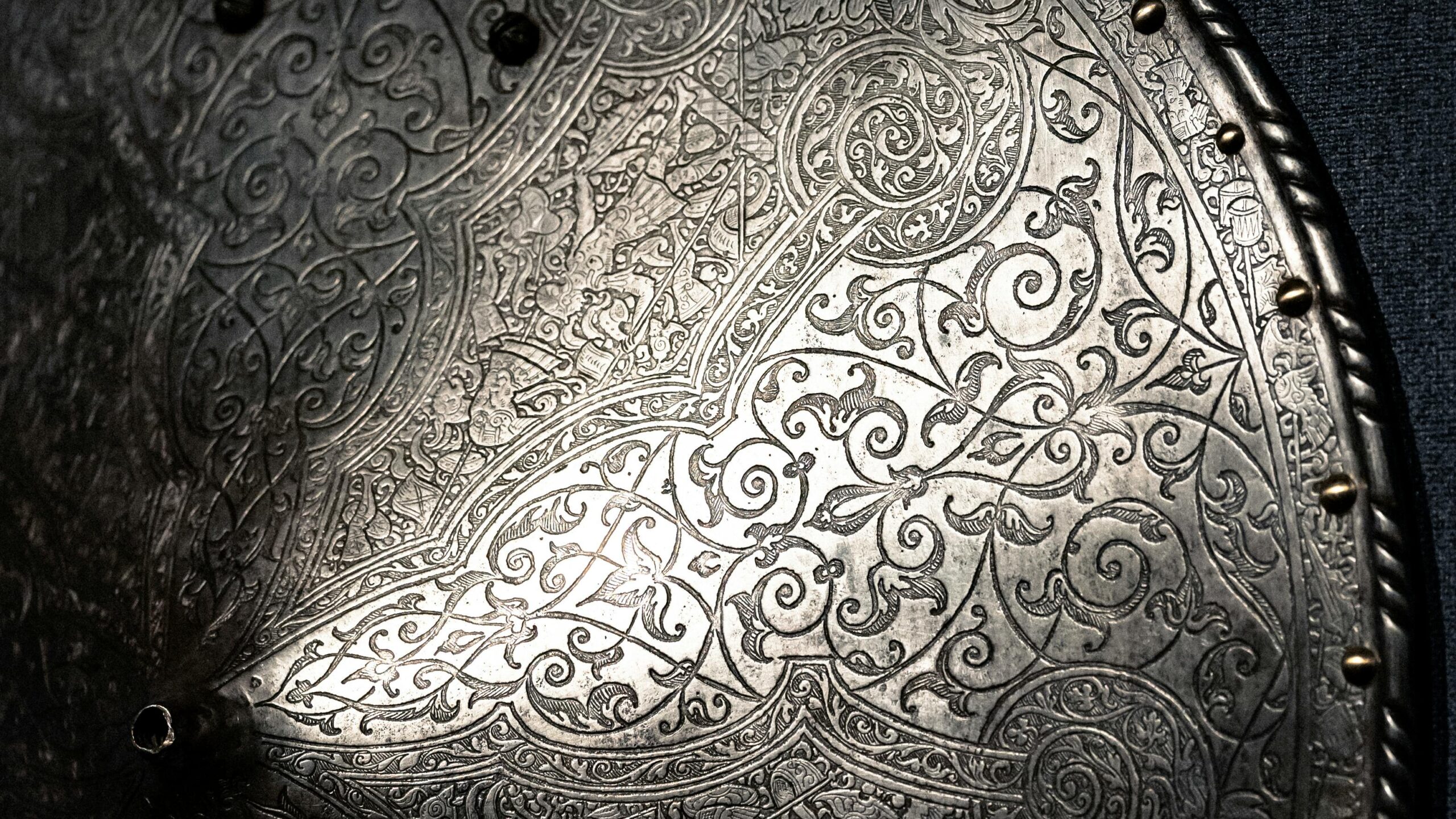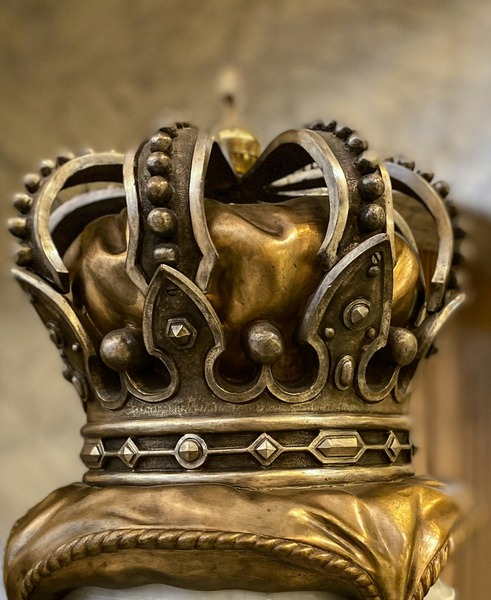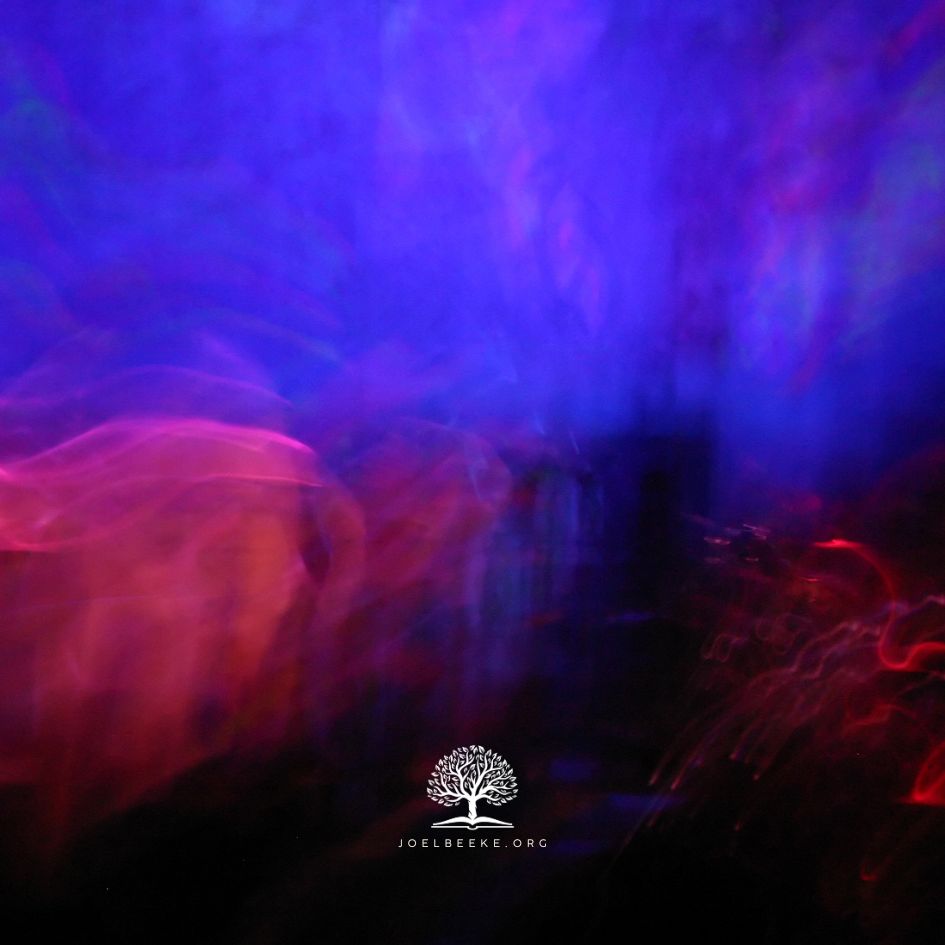
The Holy Scriptures warn us that false teachers arise and gather movements around themselves. Christ foretold, “There shall arise false Christs, and false prophets, and shall shew great signs and wonders; insomuch that, if it were possible, they shall deceive the very elect” (Matt. 24:24). Paul said to the Ephesian elders, “For I know this, that after my departing shall grievous wolves enter in among you, not sparing the flock. Also of your own selves shall men arise, speaking perverse things, to draw away disciples after them” (Acts 20:29–30). The Spirit had revealed that some people would “depart from the faith, giving heed to seducing spirits, and doctrines of devils,” imposing unbiblical, legalistic restrictions on people regarding marriage and food (1 Tim. 4:1–3). John says that “many antichrists” were already at work, not political or military leaders but heretical teachers who divided the church and drew away some of its former members (1 John 2:18–19, 22).
Today there are many groups claiming to be the true church of God. Ecclesiology helps us to tell the difference between a true church and a false one. It equips us to detect not only doctrinal heresy about Christ and the gospel but also the hierarchical church governments that protect false teachers and prevent reformation. Ecclesiology also helps us to preserve true churches from falling away by maintaining the systems that Christ ordained for mutual accountability and discipline in the church’s members and leaders.
Excerpt by
Reformed Systematic Theology, Volume 4
Joel R. Beeke and Paul M. Smalley








